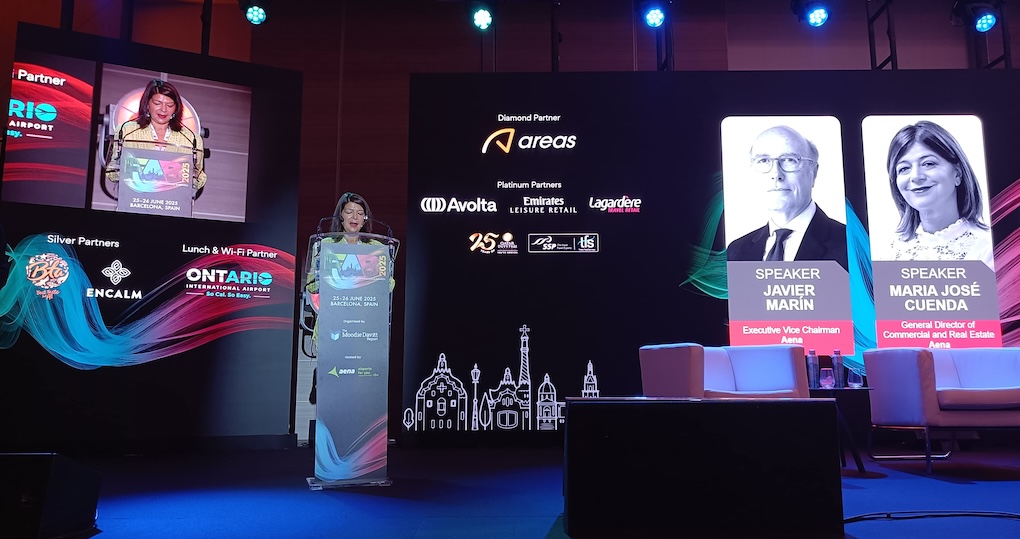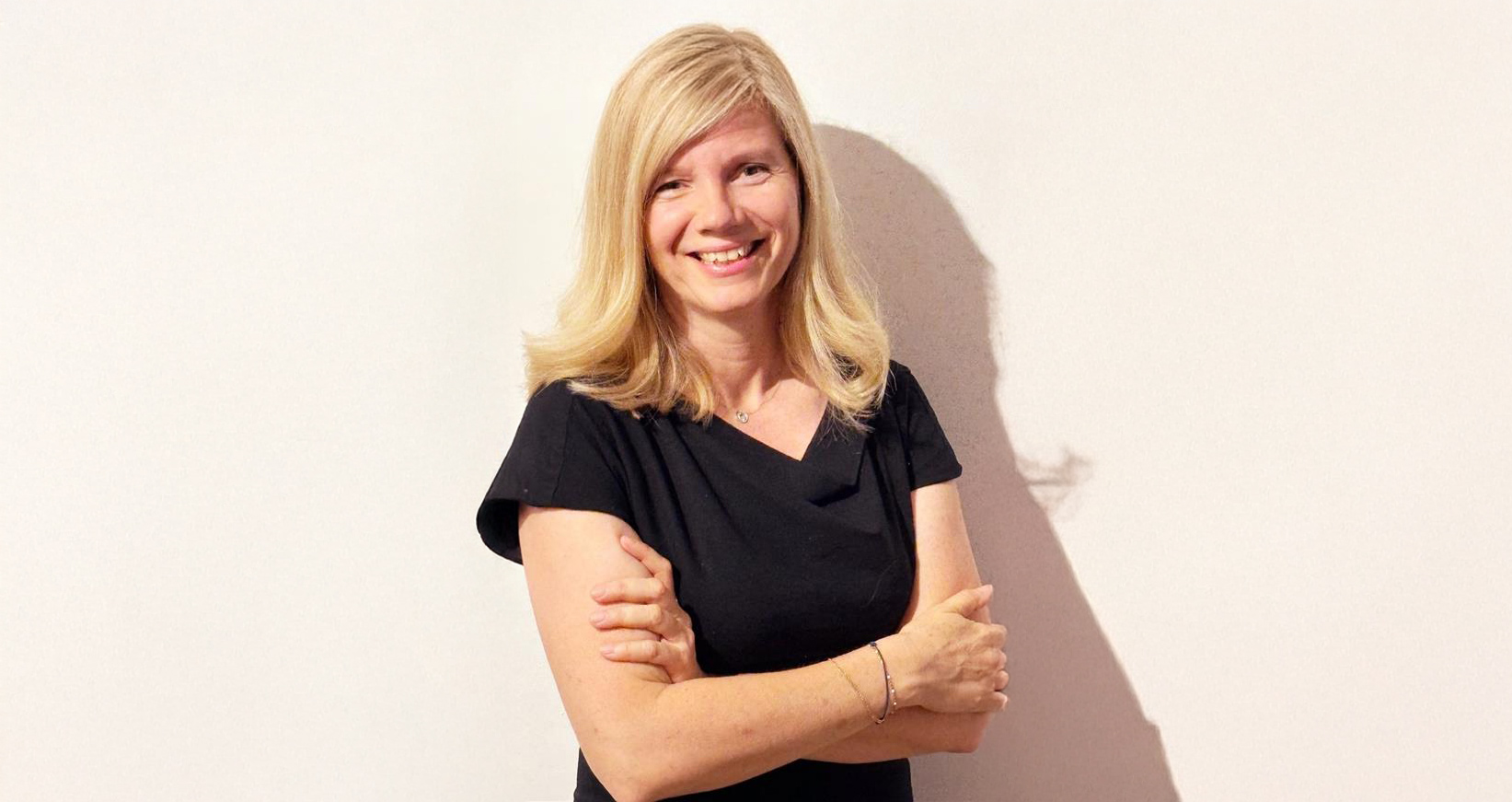INDIA. The Honourable Prime Minister of India, Shri Narendra Modi today inaugurated the eagerly anticipated new Terminal 2 at Bengaluru Kempegowda International Airport.
The 255,661sq m facility developed by Bangalore International Airport Limited (BIAL) pays homage to the city of Bengaluru, and was designed around four pillars: the ‘terminal in a garden’, sustainability, technology, and art & culture. It houses around 110 retail and dining outlets managed by a range of partners. As reported this week, Dufry was confirmed as JV partner with BIAL for the 15-year duty free contract.
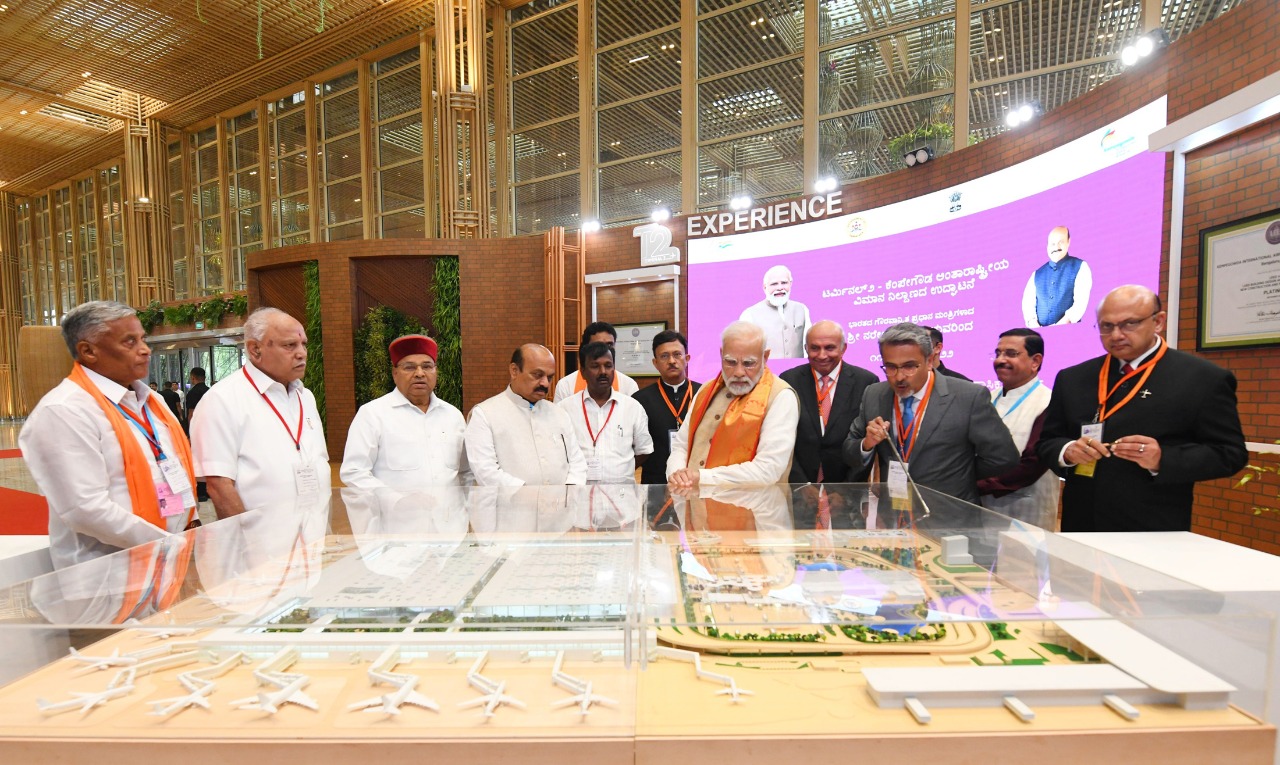
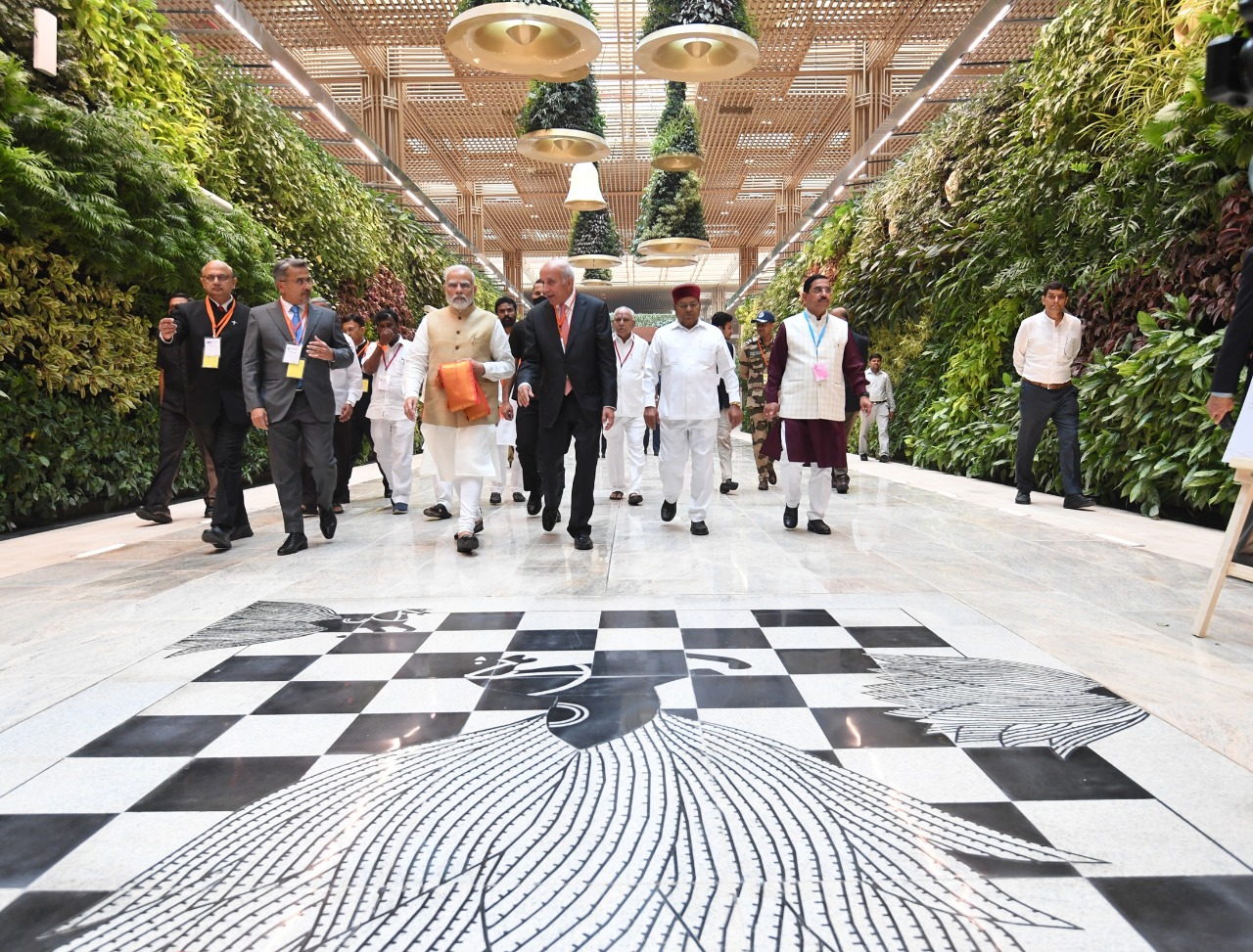
The official opening was also attended by the Honourable Governor of Karnataka, Shri Thawar Chand Gehlot; the Honourable Chief Minister of Karnataka, Shri Basavaraj Bommai; Union Parliamentary Affairs, Coal and Mines Minister, Pralhad Joshi; Former Chief Minister of Karnataka, BS Yediyurappa; and Minister of Housing & Infrastructure Development of Karnataka, V Somanna.
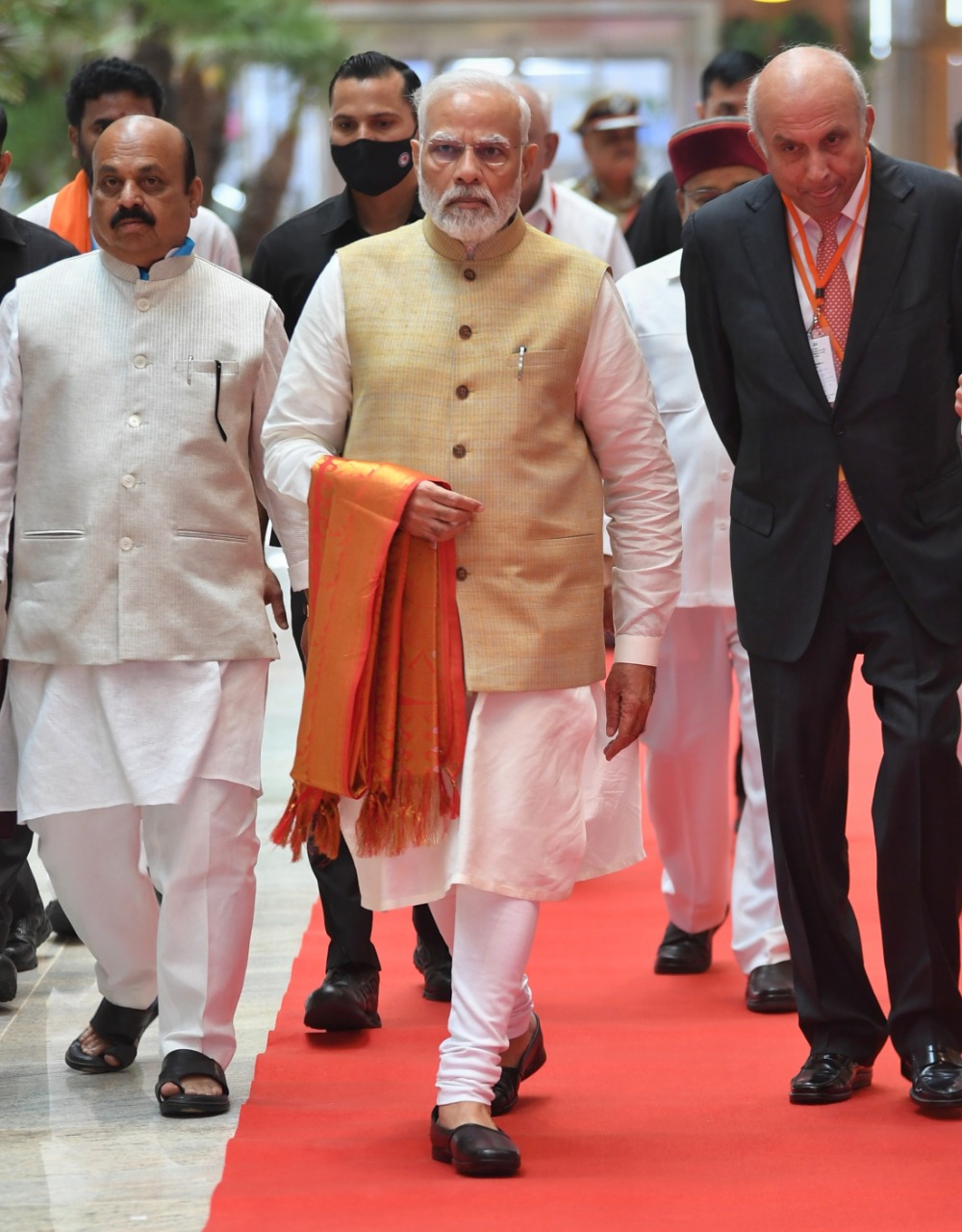
Fairfax Financial Holdings Limited Chairman and CEO Prem Watsa said: “The opening of Kempegowda International Airport’s Terminal 2 is a historic moment for us. The last two years were the most challenging with the pandemic impacting businesses all over the world, but our work on completing T2 was constantly in progress.
“Bengaluru is an evolving and emerging city that’s always been in the news for its achievements, and it was our aspiration to build a world-class terminal. The aviation sector is recovering from the slowdown due to the pandemic, and we have inaugurated T2 at the right time.
“While we were on this journey to build something that would be truly outstanding, we were also supported constantly by the government, particularly a government that welcomes business. And whenever business is welcomed, more business makes its way, and we are optimistic that with the opening of T2, we are collaborating with more enterprises and partners, and we are grateful to the government that has believed in our vision and supported us constantly.”
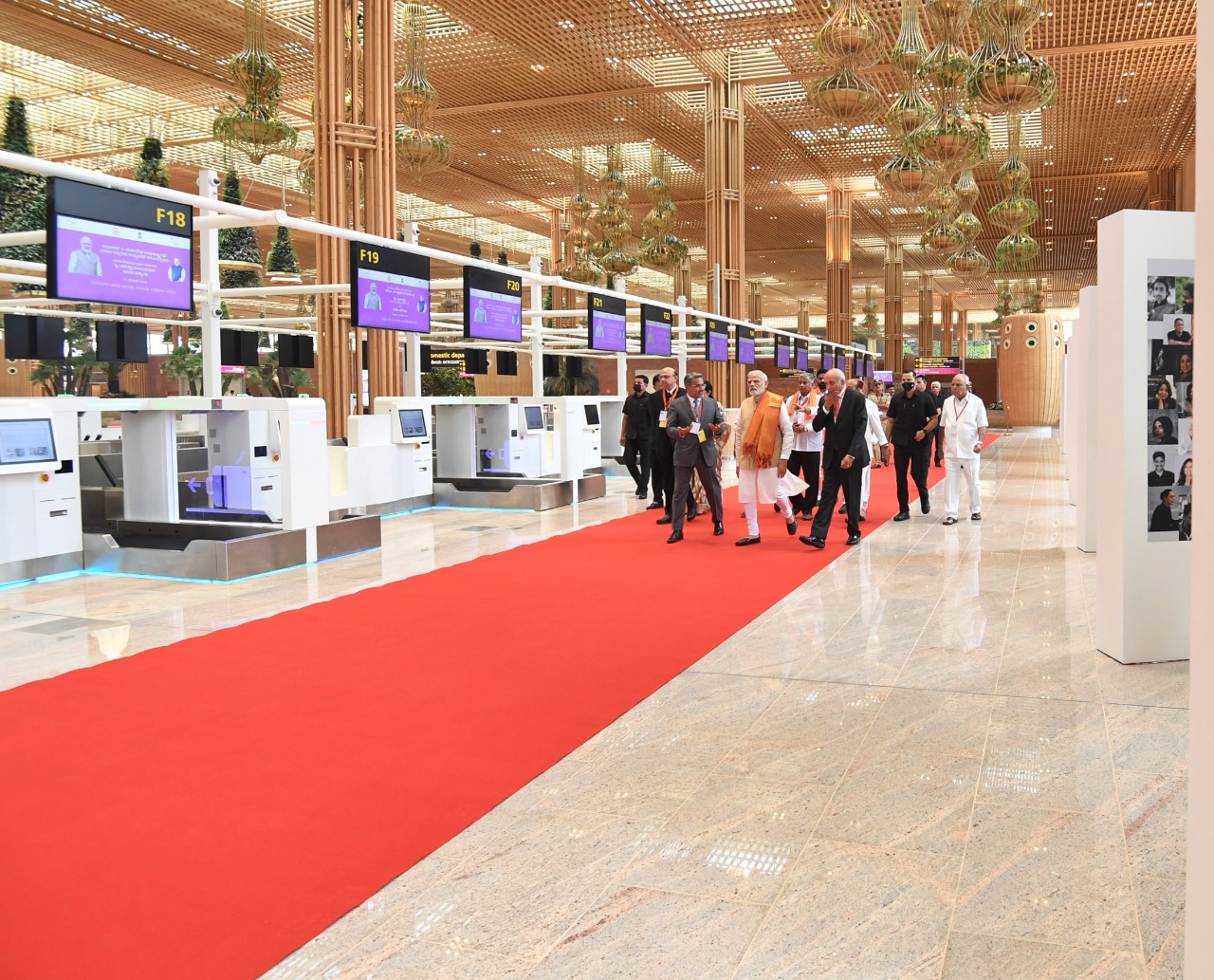
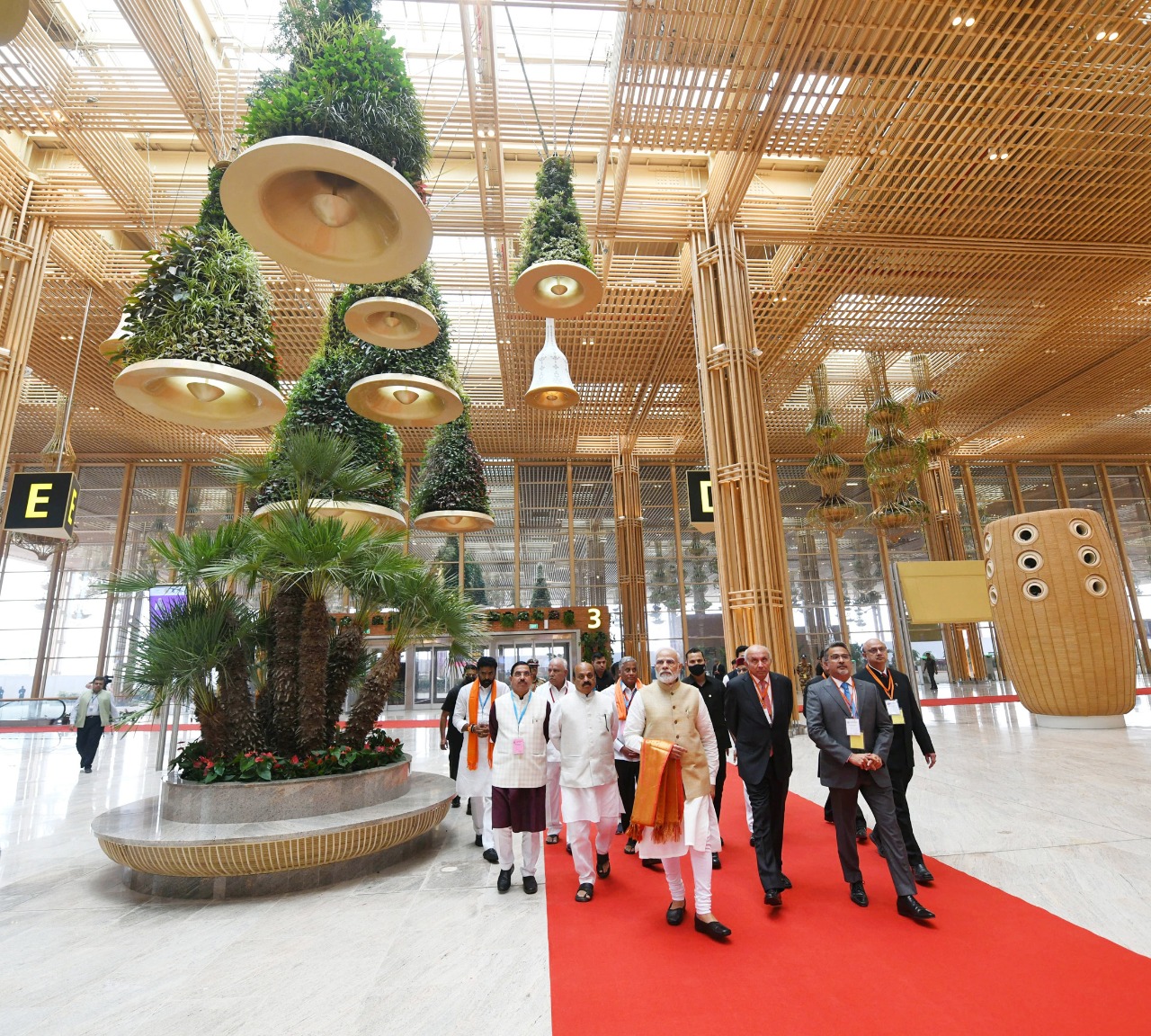
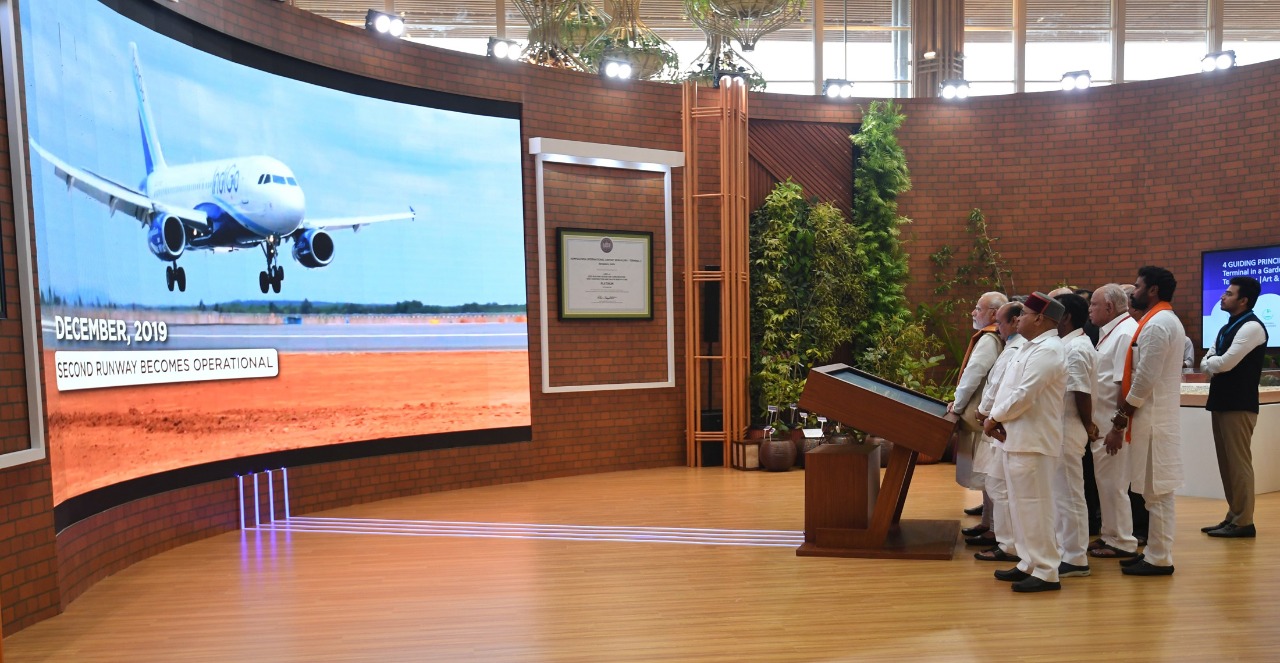
BIAL Managing Director and CEO Hari Marar said: “With the launch of T2, we have expanded our capacity to cater to additional 25 million passengers every year. What makes T2 more special is not just its scale and size, but also the fact that it’s inspired by Bengaluru city.
“Built as a terminal in a garden, T2 reflects all that Bengaluru stands for – a green, modern, innovative, sustainable, and culturally rich city. Over the last 14 years, BLR Airport has evolved as the Gateway to South India and with this next phase of expansion, it aims to position the airport as the new Gateway to India.”
Design features
The new terminal is located on the northeastern side of Terminal 1 and is designed by New York-based architectural firm SOM.
The two-level domestic and international retail and lounge areas are structured to provide scenic views of the greenery within and outside the building. The L-shaped piers accommodate 19 boarding gates. The terminal interiors are clad in engineered bamboo inspired by traditional Indian cane weaving, to gives the terminal a “contemporary yet classic” look and feel.
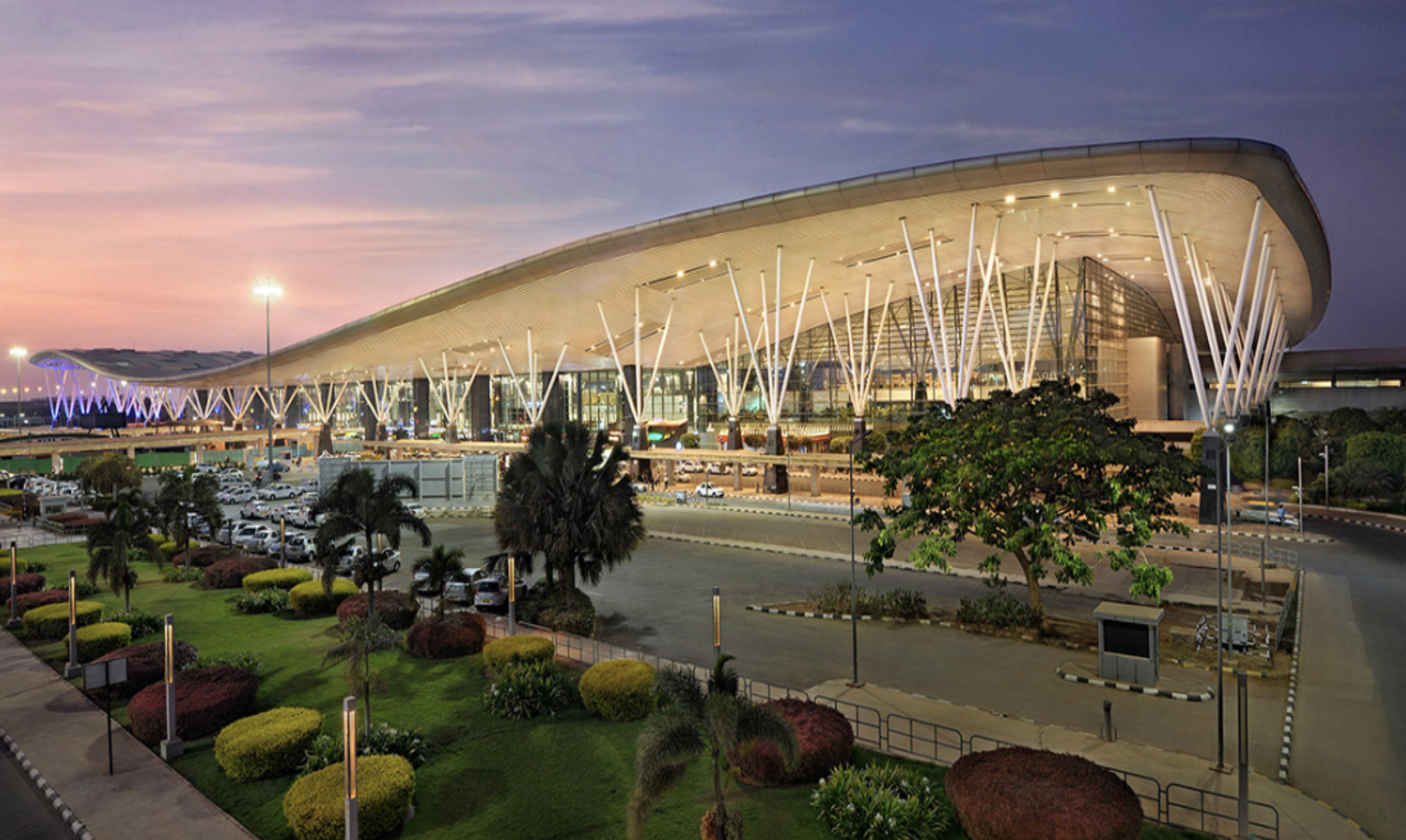
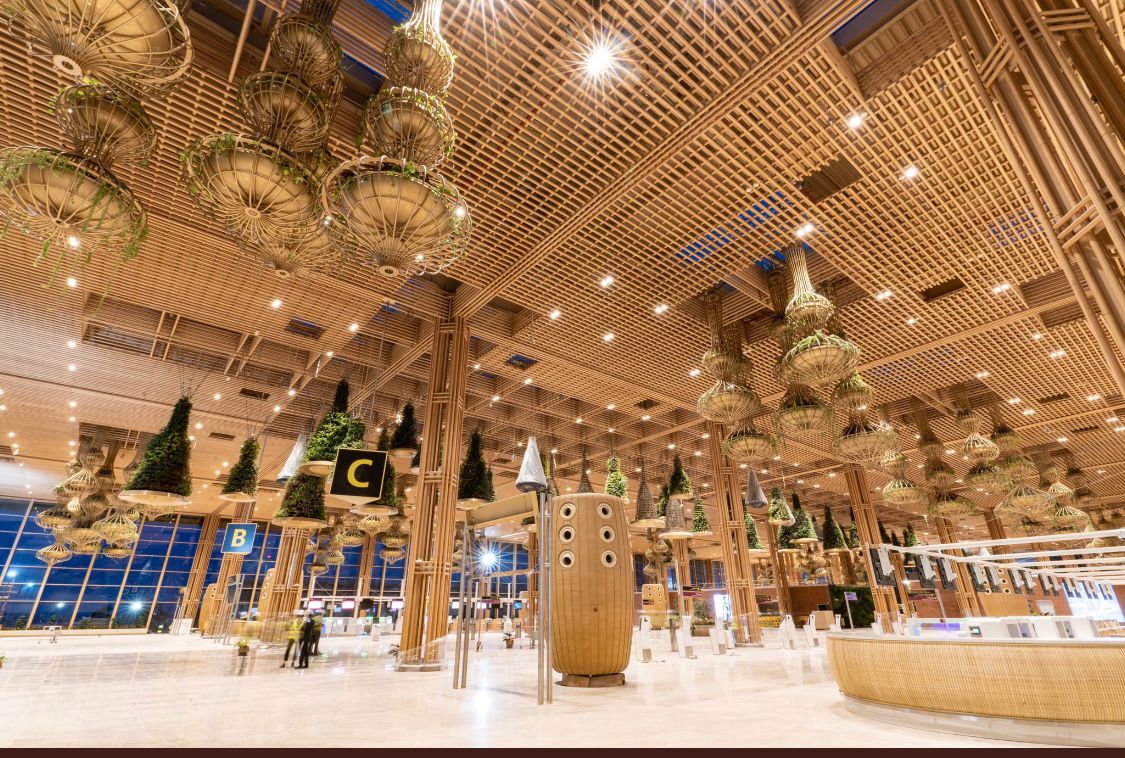
T2 is designed as a tribute to the Garden city of Bengaluru and the passenger experience is meant to resemble a ‘walk in the garden’. Passengers travel through over 10,000sq m of green walls, hanging gardens and outdoor gardens, which were made in India using indigenous technology.
BLR Airport noted that it has already established a benchmark in sustainability with 100% usage of renewable energy across the campus. Similarly, T2 is created with sustainability principles woven into the design. It is recognised as the largest terminal in the world to be pre-certified with a Platinum LEED rating by USGBC (US Green Building Council) prior to commencing operations.
The principle of technology and innovation is integral to the terminal, demonstrated through the seamless passenger journey using Digi Yatra, a biometric digital platform.
In a neat summary of the place of the airport, BIAL said that “a terminal is a place where we find all human emotions on display”. To express this, ‘Naurasa’ is the theme that unites all commissioned artworks for T2. Some 60 works by 43 artists were selected from over 300 open entries.
These are exhibited at strategic locations and serve as beacons in the traveller journey, allowing them to pause, reflect and enjoy. The artworks represent the heritage and culture of Karnataka and broader Indian ethos.
‘Terminal in a garden’
T2 is a first-of-its-kind ‘Terminal in a Garden’, declared the airport company, and an extension of Bengaluru city’s green aesthetics. The terminal and the area leading up to it are designed to give passengers an experience of walking in a garden. This begins from entry into the BLR Airport campus at the Main Access Road to entering T2 and then boarding aircraft at the piers.
At the Airport Food & Beverage Conference on 12 September, the BIAL senior commercial team outlined the commercial plan and the F&B offer in particular. Click above for video.
Features include 10,235sq m of green walls around the terminal, hanging gardens that cascade down from the terminal roof on the bronze veils and bells suspended from the ceiling, plus green lagoons and an extensive forest belt area between the terminal and boarding piers.
A total of 620 endemic plants, 3,600+ plant species, 150 palm species, 7,700 transplanted trees, 100 varieties of lilies, 96 lotus species and 180 rare, endangered and threatened species and ten ecological habitats make up the lush green landscape.
The garden around the terminal maintains a microclimate that is two to three degrees lower than its surroundings.
Sustainability
The gardens are also essential components contributing to the sustainability pillar of T2. The engineered bamboos used for the first time in India, are fire retardant and long-lasting, while the gardens and forest cover naturally cleanse the air, noted BIAL.
Solar panels and daylight harvesting results in overall 24.9% energy savings. Rainwater harvesting and six major rainwater-fed ponds with 413 million litres of water cater to the airport’s requirements.
Enhanced indoor air quality strategies like entryway systems and interior cross-contamination prevention, treated reverse osmosis (RO) water used for heating, ventilation, and air conditioning systems further strengthen BLR Airport’s sustainability practices.
The planned integrated solid waste management plant will convert biodegradable waste to fuel and manure, leading BLR airport towards zero waste to landfill.
Innovation and technology
BIAL said that technology has been applied to ensure the passenger experience is “simplified, seamless and effortless”. This encompasses the check-in process, faster security check and convenient boarding.
Digi Yatra features ‘your face is your boarding pass’ technology, meaning travellers can pass through security checks easily. The face of a passenger today has become the single biometric token, and BLR Airport has been at the forefront of developing this smart security implementation to facilitate more accurate screening and higher passenger throughput since 2017. BLR Airport supported the Government of India to roll out phase one successfully on 15 August.
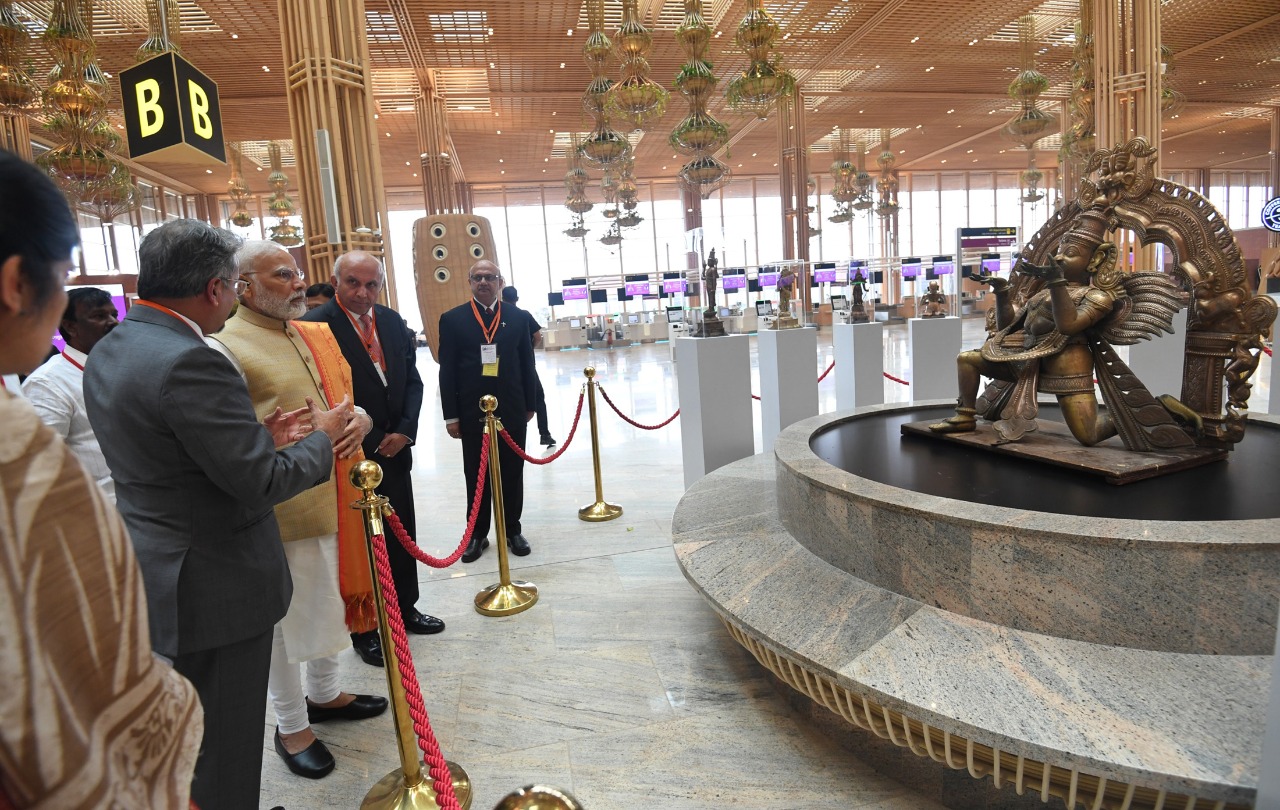
Art & Culture
The art team at BLR Airport curated the programme based on two themes – Karnataka’s rich heritage and culture, and Bharata’s Natayshastra’s Naurasa or nine emotions. Sixty artworks capture these two themes.
These range from Krishnaraj Chonat’s copper sculpture suspended at the boarding piers, Gaatha and MA Rauf’s Bidri wall art, and Dhaatu and Anupama Hosker’s wood puppets that are suspended from the ceiling near the boarding gates, to leather puppets by Foley Design and Gunduraju.
The focus of the Art Programme at T2 is to exhibit the cultural diversity and unique art forms of Karnataka in particular, followed by other South Indian art forms.
BIAL said: “T2 is designed to provide the highest level of passenger experience while also making it an unforgettable destination for passengers with its memorable visual impressions, sustainable practices, and technology.”







